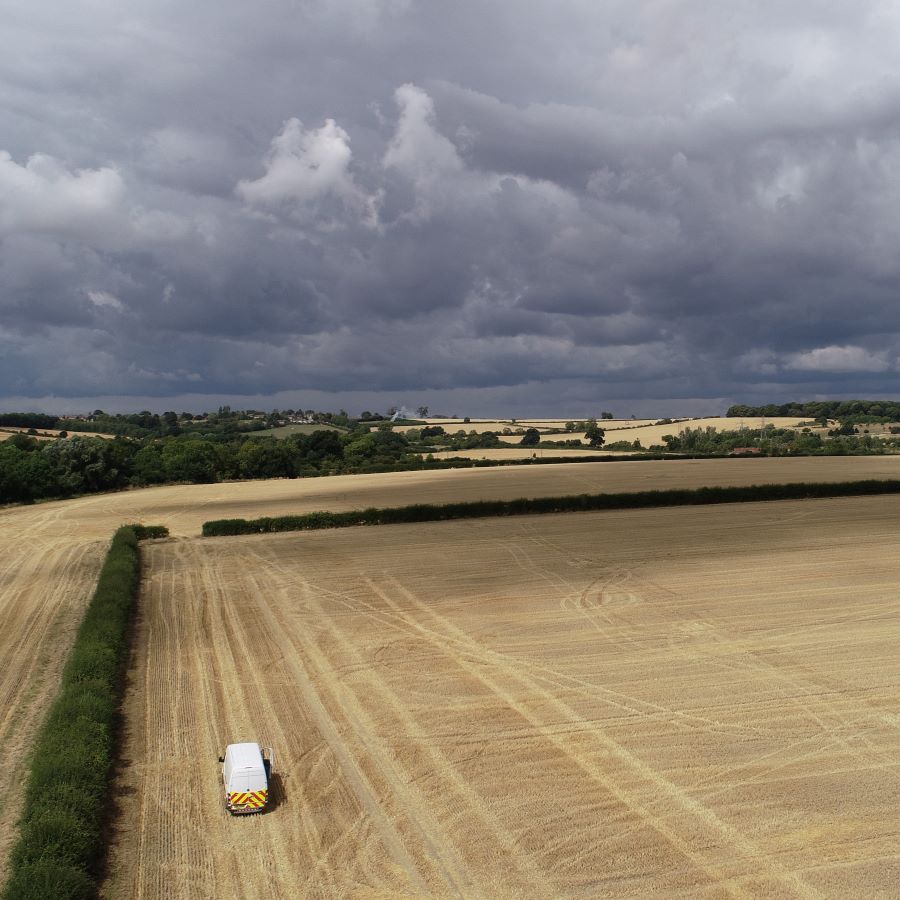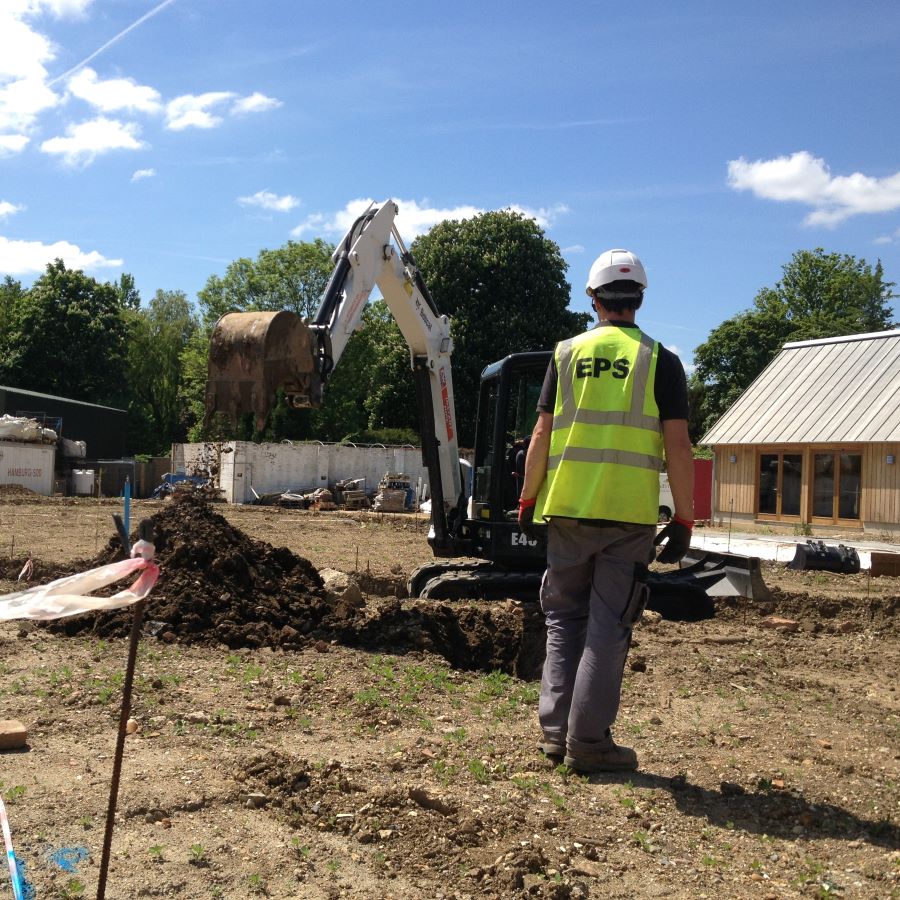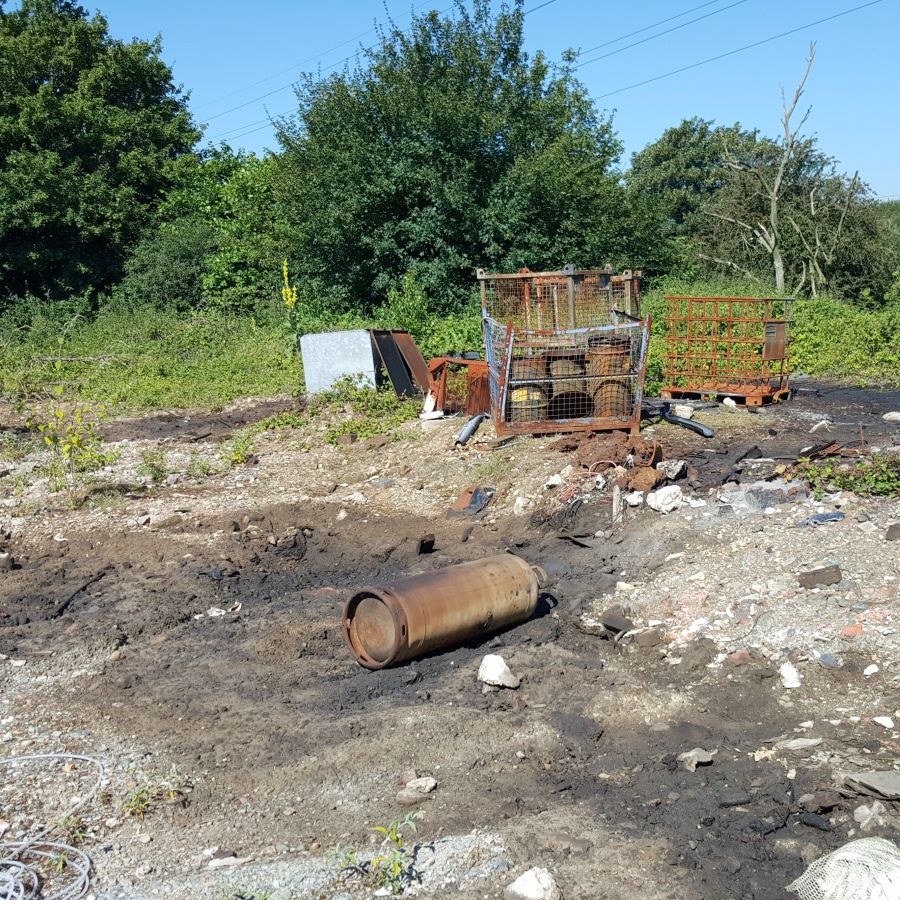Pragmatic Air Quality Assessments for Planning
To generate highly compliant and cost-effective material outcomes that actually deliver improvements in air quality, our air quality consultants work with design teams to incorporate measures avoiding costly reports and risk of project delays. Our low emission approach to air quality assessments tends to deliver better results for both client and planning authority, and make the resulting development more valuable (and marketable) as a result.
Air Quality Consultancy for Planning:
Simple Air Quality Impact Assessment - £1,450 | Detailed Air Quality Impact Assessment - £2,200
Air Quality Services for Development Projects:
Dust Management Plan - £850 | Indoor Air Quality Plan (BREEAM) - £850 | Construction Environmental Management Plan - Contact
Air Quality Support for Local Authorities:
Air Quality Annual Status Report: £2,550 | Peer Review/Modelling Support - Contact Us
(all prices exclusive of VAT and liable to change once project specifics are available)

Frequently Asked Questions
What is an air quality assessment?
An air quality assessment determines the baseline air quality of the area surrounding a project. The assessment will also include an investigation into nearby sensitive receptors (for example, residents, businesses and ecological areas) and the impact that any alteration in air quality may have on them as a result of the construction or operation of the project.
When do I need an air quality assessment?
You are likely to require an air quality assessment if your construction project is located within an Air Quality Management Area, or the project is likely to create dust or vehicle emissions during the construction phase or once the project is operational.
How long does it take to carry out an air quality assessment?
This is dependent upon the project and the type of air quality assessment being carried out, however our usual turnaround is 3-4 weeks from instruction. If you have a specific, tight deadline, please let us know and we will endeavour to meet it!
What are the different types of air quality assessment?
Usually, air quality assessments for planning purposes are ‘Simple’ desktop studies. In some scenarios, for example if the project is located in an area sensitive to changes in air quality, a Detailed Assessment which includes air pollutant dispersion modelling may be required, and in some circumstances Local Authorities may request onsite air quality monitoring is carried out.
What is air quality monitoring?
This primarily involves using diffusion tubes which are small tubes with a filter, changed on a monthly basis and sent to a laboratory for testing to evaluate the nitrogen dioxide concentrations in a particular area. Monitoring can also be undertaken using automatic air quality monitors which can measure a wider range of air-borne pollutants including particulate matter, sulphur dioxide and volatile organic compounds. Automatic monitors tend to be larger machines that measure air quality in real-time. It is fairly unlikely these will be required for most projects, but for Local Authority permitting and larger projects in very sensitive areas, real-time monitoring can be helpful.
WHAT OUR CLIENTS SAY
95% of our work is repeat business or direct referral and the top reasons why our clients stick with us, according to them, are: Meaningful Conversations & Safe Pair of Hands.
But don't just take our word for it - check here for more testimonials to find out what some of our Client's have to say.



ABOUT US
EPS has been supporting clients in the UK environmental consultancy market since 2001. We work with top names in the residential, retail, industrial and petrochemical sectors as well as with landowners and private individuals. If you have a site you are thinking of buying, selling, or redeveloping you've come to the right place to have all your project's environmental risks accounted for.

OUR SERVICES
From site feasibility to contaminated land remediation solutions, EPS offers a comprehensive, safe-pair-of-hands service for all your geo-environmental consultancy needs. What sets us aside from others is our pragmatic approach, and our clear style of communication. We have an inherent desire to know why a project is needed so we can be as useful as possible.



Flood Risk | Drainage Design | Daylight and Sunlight Assessment | Site Feasibility | Geomatics | Geotechnical Support | Coal Mining Risk Assessments | Materials Management (MMPs)


